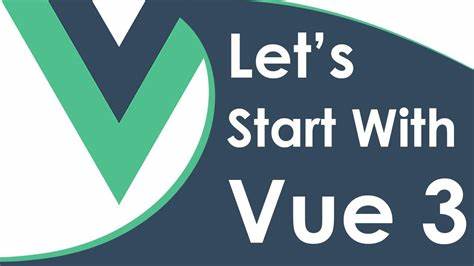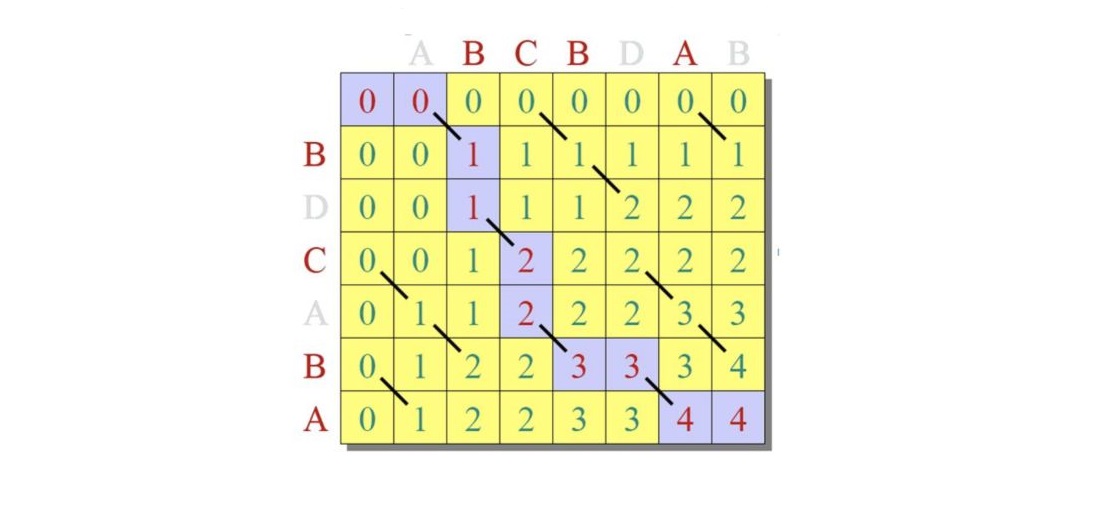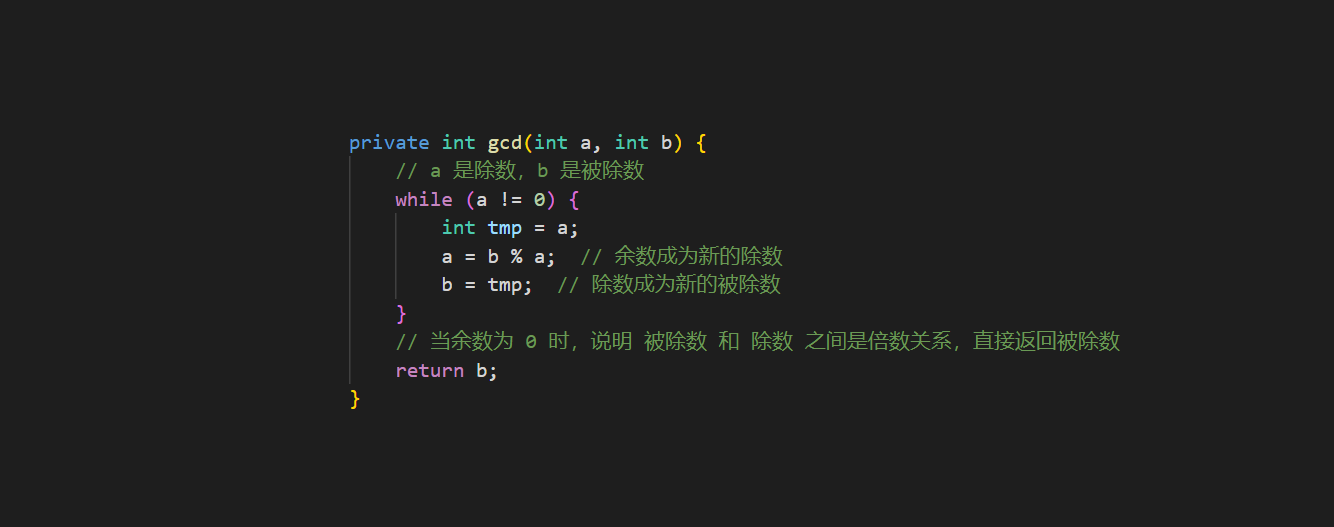FastJson 和 Gson 都是 Java 中用于处理 JSON 字符串和对象之间转换的库。
FastJson 的优点是轻量级,速度快,支持泛型和注解。
Gson 的优点是功能强大,精确度高,无依赖,支持复杂类型的转换。
使用 FastJson
FastJson 是阿里巴巴团队发布的,它可以解析JSON格式的字符串,支持将Java Bean序列化为JSON字符串,也可以从JSON字符串反序列化到JavaBean。
fastjson 虽然效率高,但如果没有仔细通读说明文档而直接使用的话,容易踩入一些坑中:
要使用 FastJson,你需要在 Maven 项目中添加 FastJson 依赖。
1
2
3
4
5
| <dependency>
<groupId>com.alibaba</groupId>
<artifactId>fastjson</artifactId>
<version>1.2.73</version>
</dependency>
|
代码:
1
2
3
4
5
6
7
8
9
| import com.alibaba.fastjson.JSON;
String jsonStr1 = JSON.toJSONString(person);
System.out.println("使用 FastJson 转换后的结果:" + jsonStr1);
Person person1 = JSON.parseObject(jsonStr1, Person.class);
System.out.println("使用 FastJson 转换后的对象:" + person1.getName() + ", " + person1.getAge());
|
使用 Gson
GSON 是一个开源的 Java 库,可以将 Java 对象转换为 JSON 格式,也可以将 JSON 字符串转换为 Java 对象。
要使用 GSON,你需要在 Maven 项目中添加 GSON 依赖。
1
2
3
4
5
| <dependency>
<groupId>com.google.code.gson</groupId>
<artifactId>gson</artifactId>
<version>2.8.9</version>
</dependency>
|
代码:
1
2
3
4
5
6
7
8
9
10
11
| import com.google.gson.Gson;
Gson gson = new Gson();
String jsonStr2 = gson.toJson(person);
System.out.println("使用 Gson 转换后的结果:" + jsonStr2);
Person person2 = gson.fromJson(jsonStr2, Person.class);
System.out.println("使用 Gson 转换后的对象:" + person2.getName() + ", " + person2.getAge());
|
准备
新建一个被测试的对象类 TestObj 和 propertyClass。
1
2
3
4
5
6
7
8
9
10
11
12
13
14
15
16
17
18
19
20
21
22
23
24
25
26
27
28
29
30
31
32
33
34
35
36
37
38
39
40
41
42
43
44
45
46
47
48
49
50
51
52
53
54
55
56
|
import lombok.Getter;
import lombok.Setter;
import java.util.List;
import java.util.Map;
@Getter
@Setter
public class TestObj {
int propertyInt;
String propertyString;
List<String> propertyList;
Map<String, List<Integer>> propertyMap;
PropertyClass propertyClass;
public TestObj(){}
public TestObj(int pi, String ps) {
this.propertyInt = pi;
this.propertyString = ps;
}
public TestObj(int pi, String ps, List<String> pl, Map<String, List<Integer>> pm, PropertyClass pc) {
this(pi, ps);
this.propertyList = pl;
this.propertyMap = pm;
this.propertyClass = pc;
}
}
import lombok.Getter;
import lombok.Setter;
import java.util.Map;
@Getter
@Setter
public class PropertyClass {
double subDouble;
String subStr;
Map<Integer, String> subMap;
public PropertyClass() {}
public PropertyClass(double subDouble, String subStr, Map<Integer, String> subMap) {
this.subDouble = subDouble;
this.subStr = subStr;
this.subMap = subMap;
}
}
|
测试
使用 Main 对 Gson 和 FastJson 进行测试。
如下代码的解释:
FastJson 测试
- 首先新建一个 TestObj 类的对象,
- 然后使用 FastJson 存储到文件 output/fastjson.json 中,
- 使用 FastJson 读取 output/gson.json,并将得到的 TestObj 类对象存储到 output/fastjsonRead.json 中
Gson 测试
- 首先新建一个 TestObj 类的对象,
- 然后使用 Gson 存储到文件 output/gson.json 中,
- 使用 Gson 读取 output/gson.json,并将得到的 TestObj 类对象存储到 output/gsonRead.json 中
1
2
3
4
5
6
7
8
9
10
11
12
13
14
15
16
17
18
19
20
21
22
23
24
25
26
27
28
29
30
31
32
33
34
35
36
37
38
39
40
41
42
43
44
45
46
47
48
49
50
51
52
53
54
55
56
57
58
59
60
61
62
63
64
65
66
67
68
69
70
71
72
73
74
75
76
77
78
79
80
81
82
83
84
85
86
87
88
89
90
91
92
93
94
95
96
97
98
99
100
101
102
103
104
105
106
107
108
109
110
111
112
113
114
115
116
117
118
119
120
121
122
123
124
125
126
127
128
129
130
131
132
133
134
135
136
137
138
|
import com.google.gson.Gson;
import com.alibaba.fastjson.JSON;
import java.io.*;
import java.util.HashMap;
import java.util.List;
import java.util.Map;
public class Main {
public static void main(String[] args) {
Main main = new Main();
System.out.println("Test Gson");
main.testGsonWrite();
main.testGsonRead();
System.out.println("Test FastJson");
main.testFastJsonWrite();
main.testFastJsonRead();
}
public void testFastJsonWrite() {
TestObj testObj = getTestObj();
String jsonString = JSON.toJSONString(testObj);
try {
FileWriter writer = new FileWriter("output/fastjson.json");
writer.write(jsonString);
writer.close();
} catch (IOException e) {
e.printStackTrace();
}
}
public void testFastJsonRead() {
String jsonString = "";
FileReader fileReader = null;
try {
fileReader = new FileReader("output/fastjson.json");
BufferedReader bufferedReader = new BufferedReader(fileReader);
jsonString = bufferedReader.readLine();
bufferedReader.close();
} catch (IOException e) {
e.printStackTrace();
}
TestObj testObj = JSON.parseObject(jsonString, TestObj.class);
testReadObj(testObj);
try {
FileWriter writer = new FileWriter("output/fastjsonRead.json");
writer.write(jsonString);
writer.close();
} catch (IOException e) {
e.printStackTrace();
}
}
public void testGsonWrite() {
TestObj testObj = getTestObj();
Gson gson = new Gson();
try {
FileWriter writer = new FileWriter("output/gson.json");
gson.toJson(testObj, writer);
writer.close();
} catch (IOException e) {
e.printStackTrace();
}
}
public void testGsonRead() {
Gson gson = new Gson();
BufferedReader br = null;
try {
br = new BufferedReader(new FileReader("output/gson.json"));
TestObj testObj = gson.fromJson(br, TestObj.class);
testReadObj(testObj);
FileWriter writer = new FileWriter("output/gsonRead.json");
gson.toJson(testObj, writer);
writer.close();
} catch (IOException e) {
e.printStackTrace();
}
}
private TestObj getTestObj() {
int propertyInt = 1;
String propertyString = "gj1";
List<String> propertyList = List.of("gjitem1", "gjitem2", "gjitem3");
Map<String, List<Integer>> propertyMap = new HashMap<>();
List<Integer> mapitem1 = List.of(1,2,3);
List<Integer> mapitem2 = List.of(3,2,1);
propertyMap.put("233", mapitem1);
propertyMap.put("234", mapitem2);
Map<Integer, String> subMap = new HashMap<>();
subMap.put(0, "好好学习");
subMap.put(1, "天天向上");
PropertyClass propertyClass = new PropertyClass(2.33, "substring", subMap);
TestObj testObj = new TestObj(propertyInt, propertyString, propertyList, propertyMap, propertyClass);
return testObj;
}
private void testReadObj(TestObj testObj) {
System.out.println(testObj.propertyInt == 1);
System.out.println(testObj.propertyList.get(0).equals("gjitem1"));
System.out.println(testObj.propertyClass.subStr.equals("substring"));
System.out.println(testObj.propertyClass.subMap.get(0).equals("好好学习"));
}
}
|
得到的 output/gson.json 和 output/gsonRead.json 如下:
1
2
3
4
5
6
7
8
9
10
11
12
13
14
15
16
17
18
19
20
21
22
23
24
25
26
27
28
29
| {
"propertyInt":1,
"propertyString":"gj1",
"propertyList":[
"gjitem1",
"gjitem2",
"gjitem3"
],
"propertyMap":{
"233":[
1,
2,
3
],
"234":[
3,
2,
1
]
},
"propertyClass":{
"subDouble":2.33,
"subStr":"substring",
"subMap":{
"0":"好好学习",
"1":"天天向上"
}
}
}
|
得到的 output/fastjson.json 和 output/fastjsonRead.json 如下:
1
2
3
4
5
6
7
8
9
10
11
12
13
14
15
16
17
18
19
20
21
22
23
24
25
26
27
28
29
| {
"propertyClass":{
"subDouble":2.33,
"subMap":{
0:"好好学习",
1:"天天向上"
},
"subStr":"substring"
},
"propertyInt":1,
"propertyList":[
"gjitem1",
"gjitem2",
"gjitem3"
],
"propertyMap":{
"233":[
1,
2,
3
],
"234":[
3,
2,
1
]
},
"propertyString":"gj1"
}
|
测试结果:
1
2
3
4
5
6
7
8
9
10
| Test Gson
true
true
true
true
Test FastJson
true
true
true
true
|
测试成功!
参考
待阅读文章





